For many families across the country, their little ones are going to school for the first time. Whether starting a brand new routine after being cared for in a home-based setting or if care was provided in a child care center, going to “big-kid school” is a big deal!
It is a lot of change and some of the changes can have an impact on a child’s health, for instance, the amount of active play time and the kind of meals being served.








